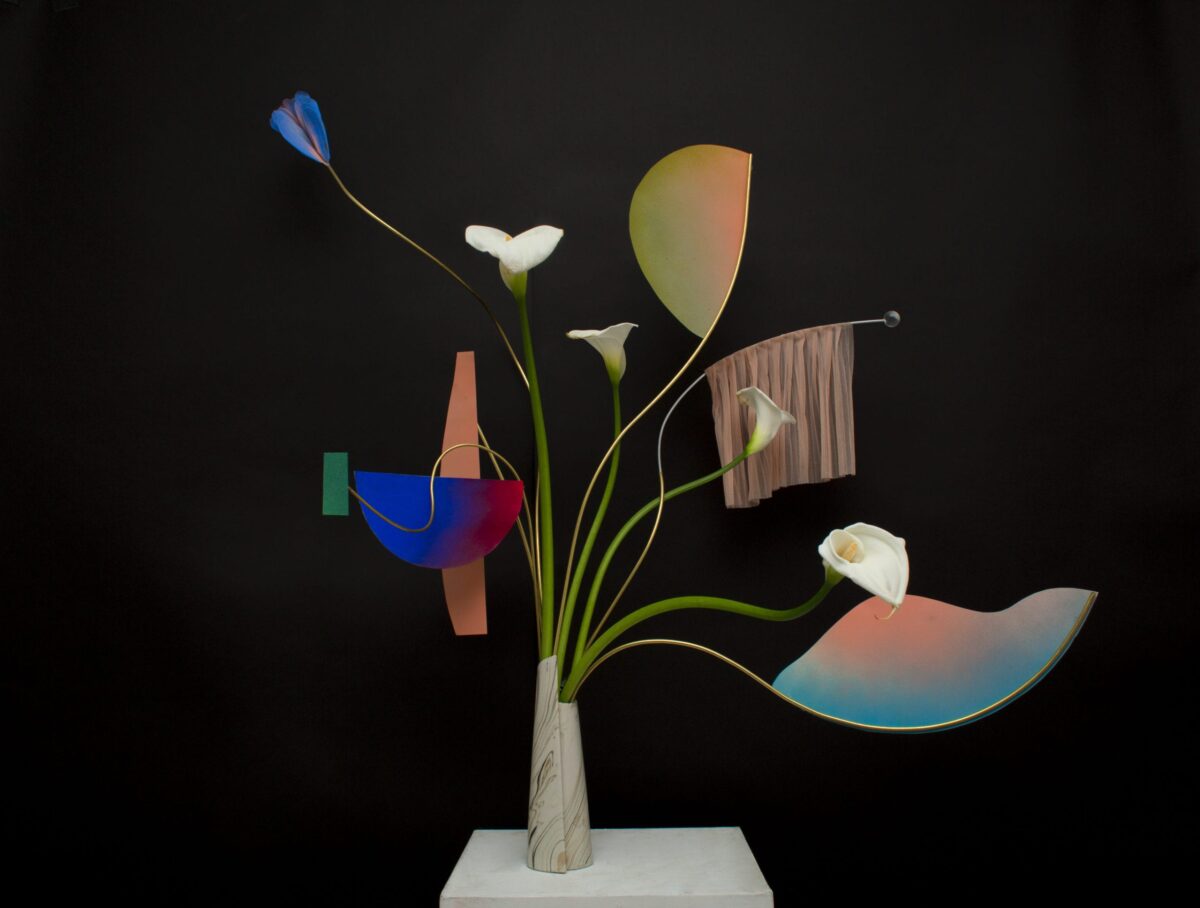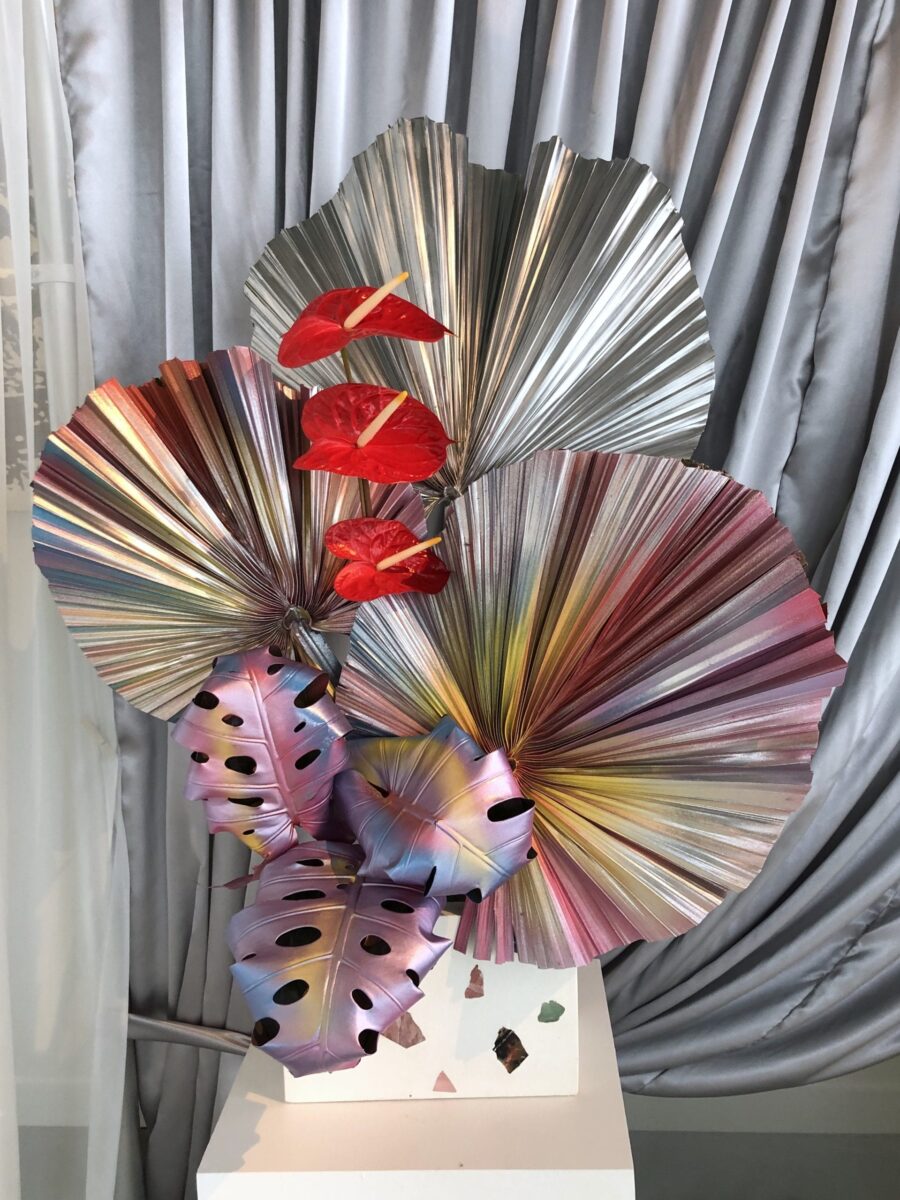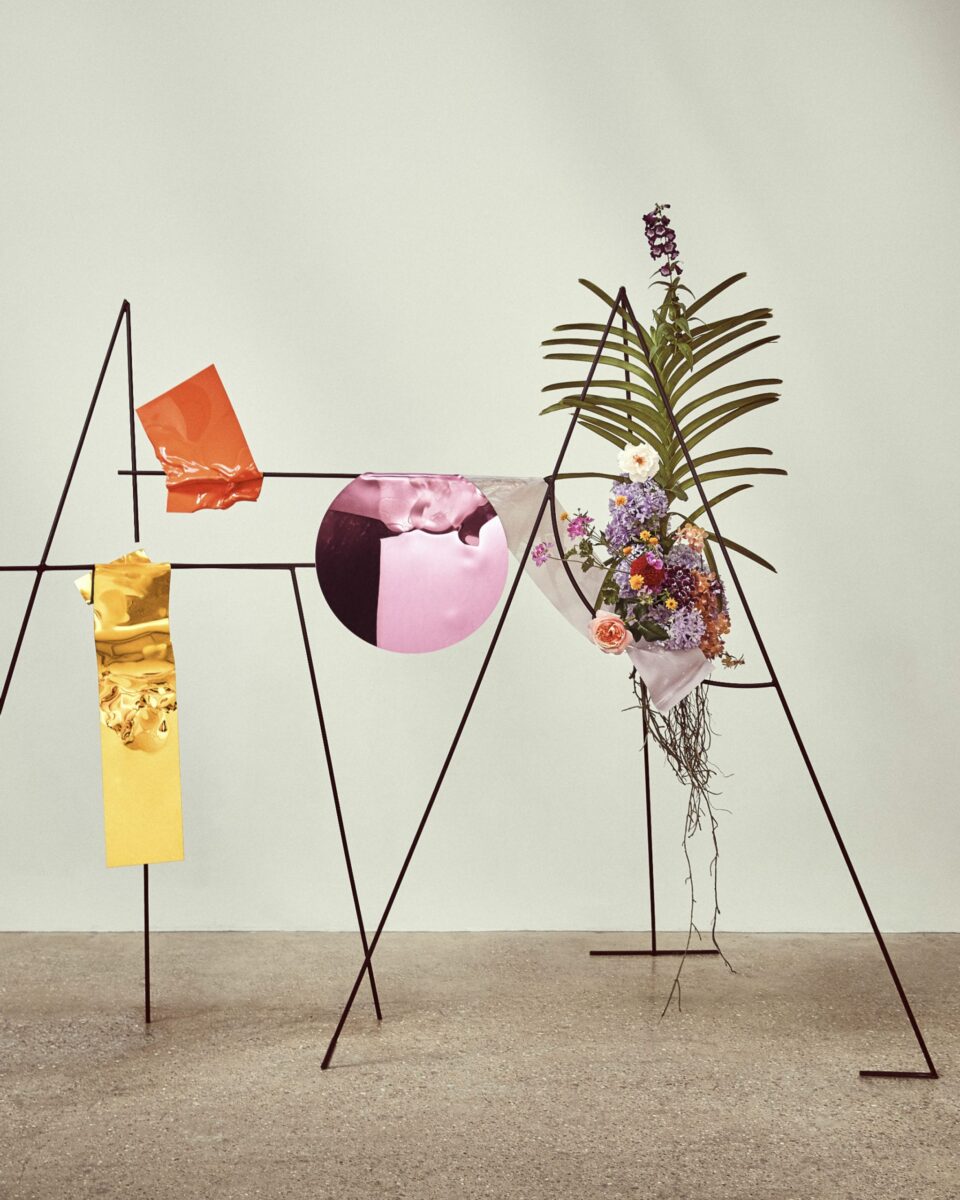A new book from Victoria Gaiger and Tom Loxley explores the design evolution of Japanese flower arranging

‘Ikebana’ – the Japanese art of flower arranging – is thought to have originated in the sixth century. With roots in Zen Buddhism and a reverence for nature, the tradition has become as much a philosophy as an art. The practice of ikebana has a number of rules, including the importance of visual minimalism, adherence to nature, a scalene triangular structure and an expression of emotion.
As with most age-old forms of creativity, however, there are those bringing the practice into its contemporary context, experimenting and innovating with new forms and processes. Modern Ikebana, a new book from Rakesprogress editors Victoria Gaiger and Tom Loxley, profiles the designs and designers doing just this.

The floral artists and designers featured are based around the globe, including Manu Torres (Portland, US), Toru Watarai (Kamakura, Japan), Emma Weaver of Palais (London, UK), design studio Poppykalas (Copenhagen, Denmark) and Wife NYC (New York, US). In the book, the authors talk to these practitioners about their work and inspiration, as well as explore the history and evolution of Japanese floral art.
‘Ikebana may have its roots in the timeless rituals and rites of an ancient culture, but its reverence for nature has never felt more relevant than it does in our digitally driven, consumer-obsessed 21st century,’ say Gaiger and Loxley. ‘This art, designed to flow with the seasons and move both the viewer and the practitioner, comes freighted with meaning. The whole point is to remind us of our fragile connection to Mother Nature in a tangible, thoughtful and spiritual way.’

Modern Ikebana: A New Wave in Floral Design is out now and published by Ludion

















